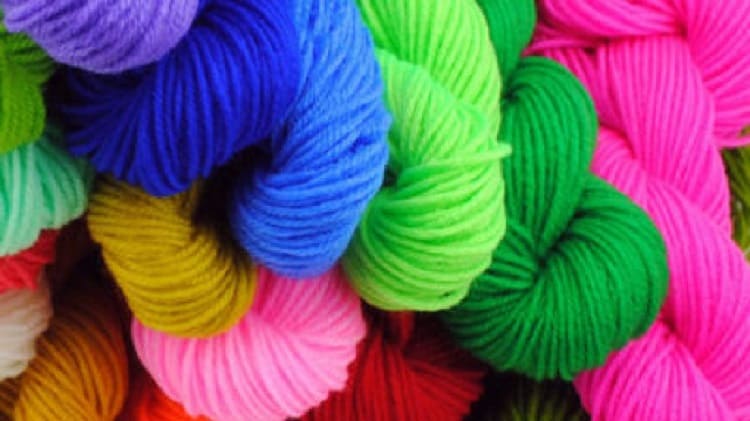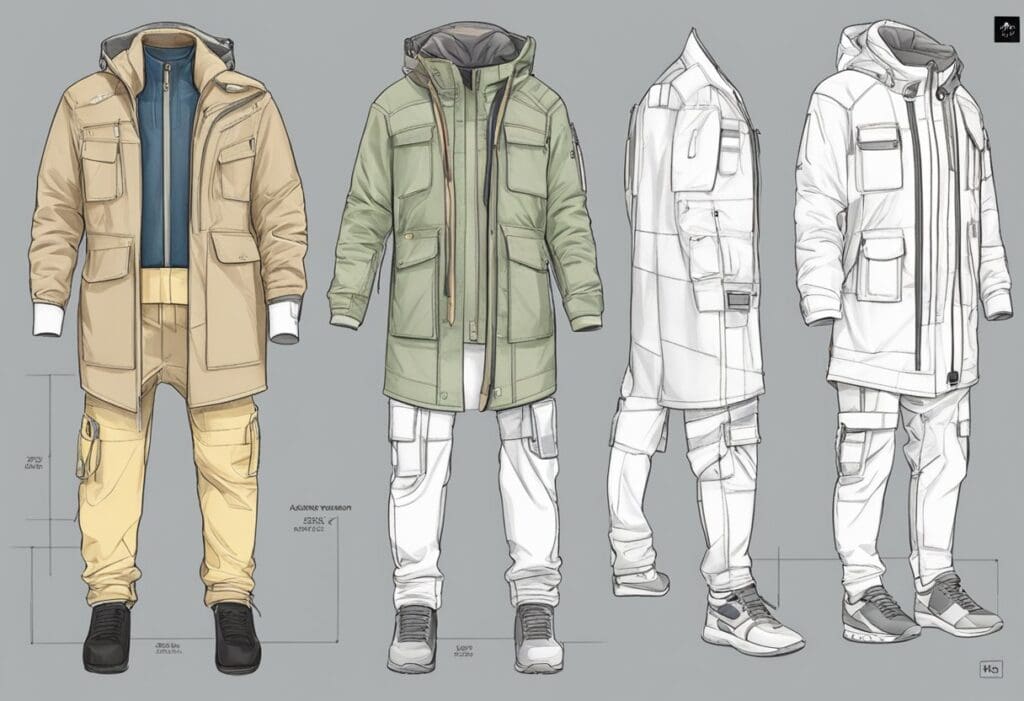November 30, 2023
What is Supplier Relationship Management: A Comprehensive Guide
Supplier relationship management (SRM) is a critical aspect of supply chain management that involves managing relationships with suppliers. SRM is
Read MoreNovember 30, 2023
Supplier relationship management (SRM) is a critical aspect of supply chain management that involves managing relationships with suppliers. SRM is
Read MoreNovember 23, 2023
The cost of producing t-shirts can vary depending on a number of factors such as material quality, printing method, and
Read More
November 23, 2023
Ralph Lauren is a well-known fashion brand that has been in the industry for decades. The brand is known for
Read More
November 14, 2023
China is known for its manufacturing prowess, and the brick manufacturing industry is no exception. Brick manufacturing machines are essential
Read More
November 14, 2023
Pakistan is a country known for its rich cultural heritage and craftsmanship. One of the most notable exports from Pakistan
Read More
October 7, 2023
OEM and ODM services are two terms that are commonly used in the manufacturing industry. OEM stands for Original Equipment
Read More
October 7, 2023
When it comes to underwear, comfort is key. And one of the most important factors that contribute to the comfort
Read More
October 7, 2023
A garment tech pack is a crucial document for the fashion industry. It serves as a blueprint for the final
Read More
July 19, 2021
If you’re looking for Chinese yarn manufacturers but wondering which corporation will suit you the most, then don’t worry, this
Read More
March 13, 2021
China has proved itself to be the “jack of all trades” in the last few years and everyone all over
Read More